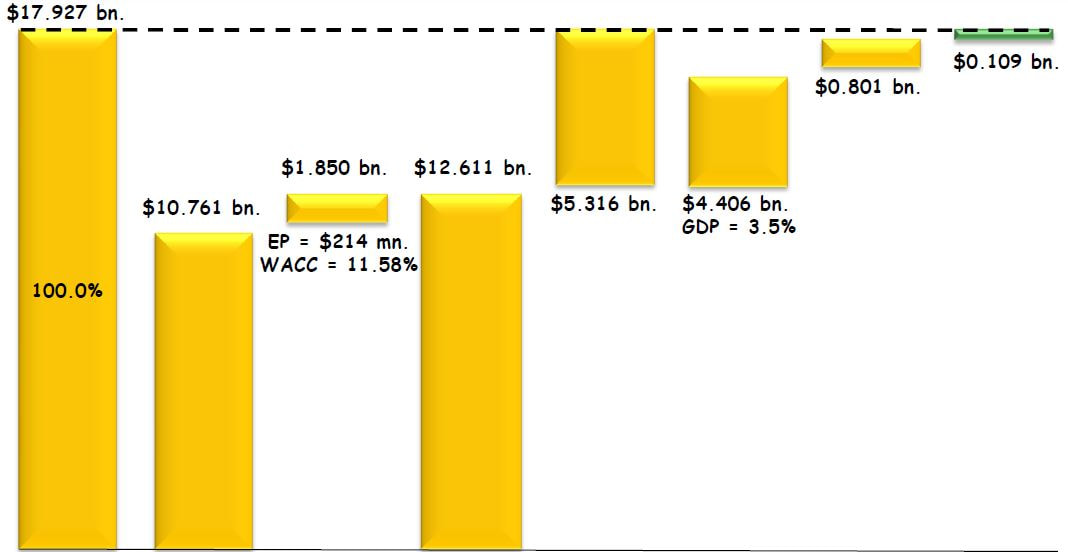+7 495 662 6819
-
How We Help
- Strategy and Enterprise Value Growth
- Corporate governance and independent directors
- New retail concepts and strategy
- Retail 4.0 and omnichannel transformation
- Customer-focused category management
- Retail pricing strategy and business processes
- Customer loyalty strategy and experience
- Private Label and Brand Strategy and Portfolio
- Solutions
- Insights
- Who We Are
- Contact
-
How We Help
- Strategy and Enterprise Value Growth
- Corporate governance and independent directors
- New retail concepts and strategy
- Retail 4.0 and omnichannel transformation
- Customer-focused category management
- Retail pricing strategy and business processes
- Customer loyalty strategy and experience
- Private Label and Brand Strategy and Portfolio
- Solutions
- Insights
- Who We Are
- Contact


 RSS Feed
RSS Feed
5/25/2019
0 Comments